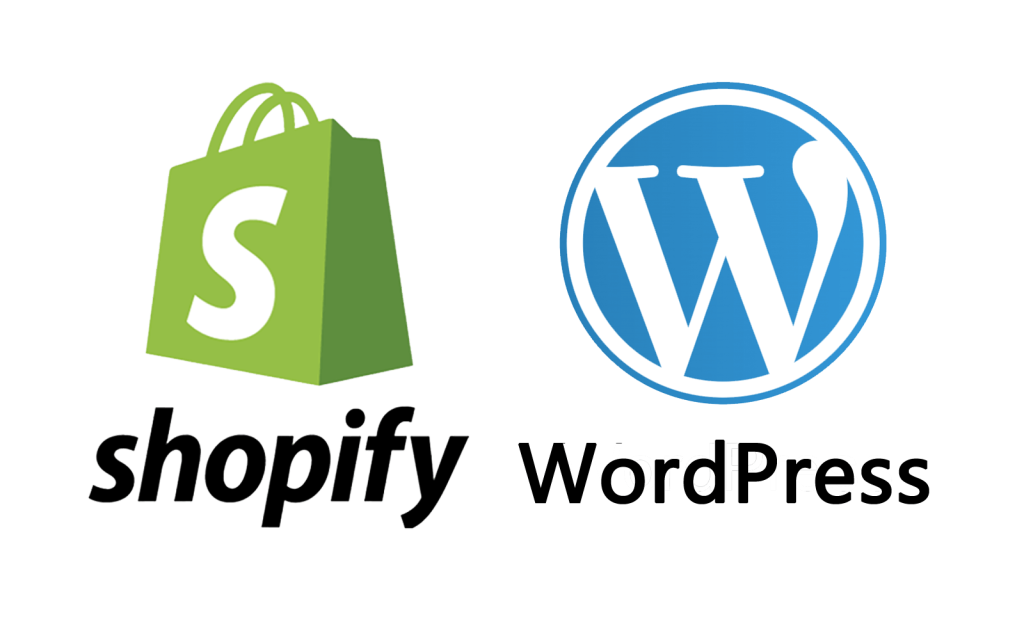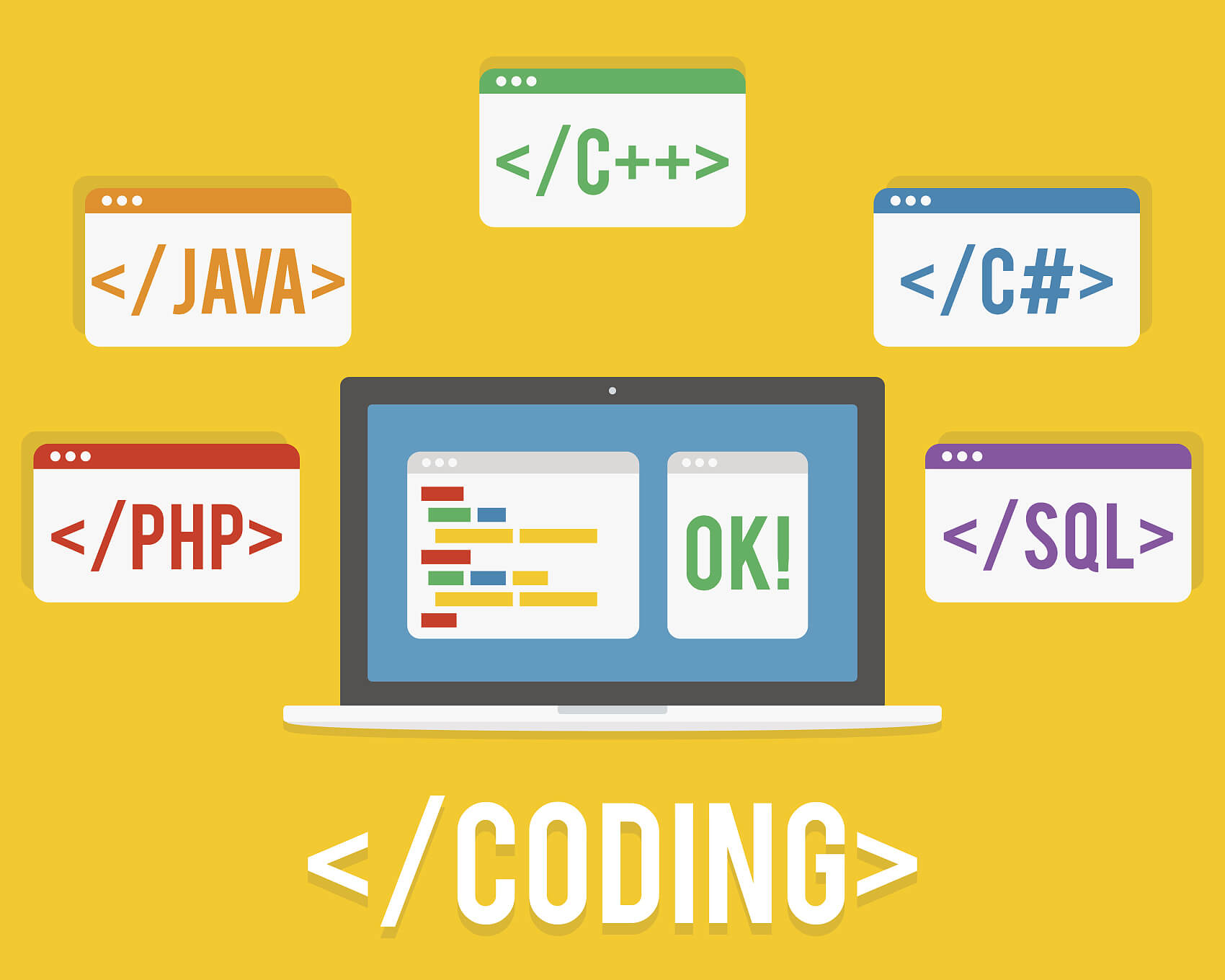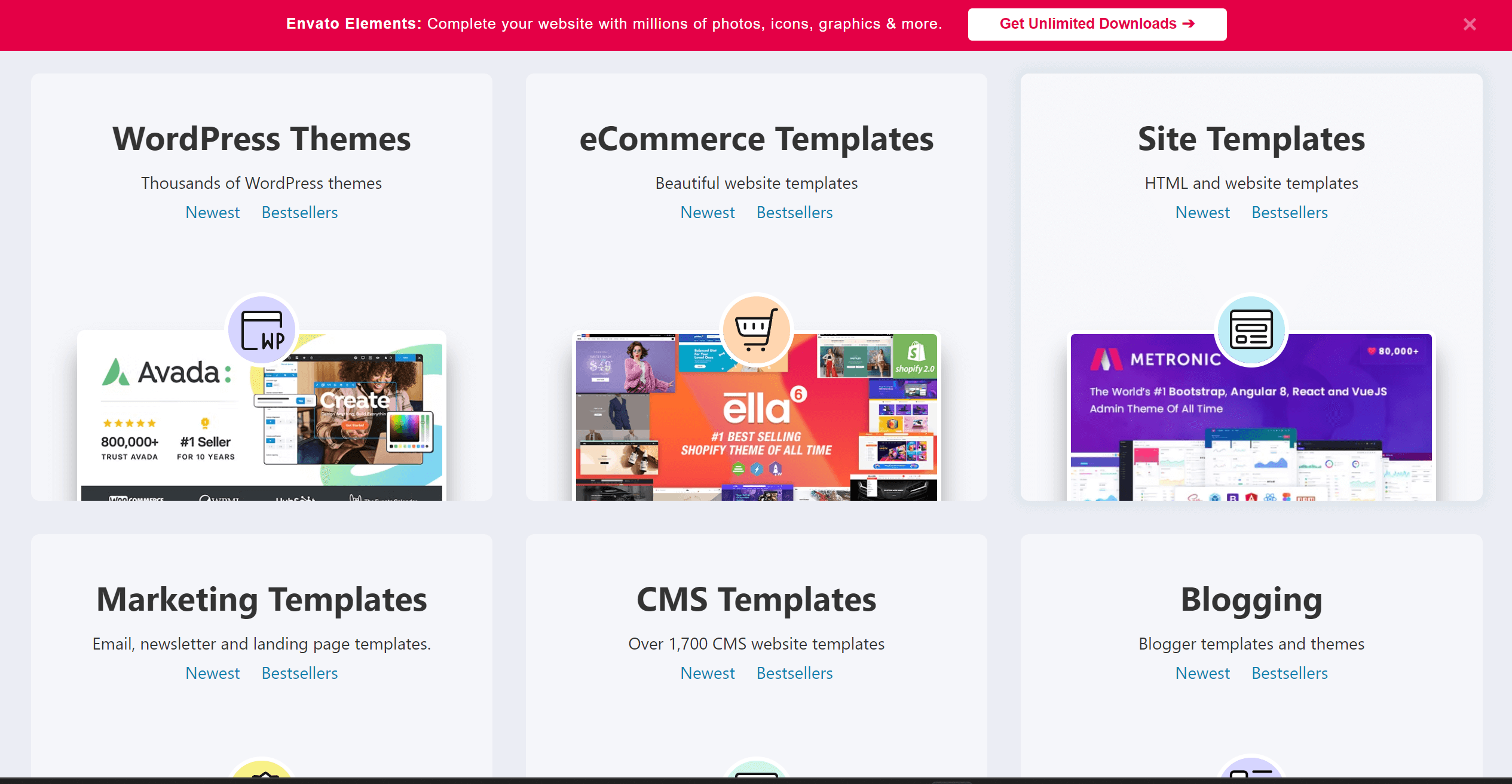The Differences Between Shopify and WordPress

Shopify and WordPress are both website building systems. Due to its SaaS (Software as a Service) nature, Shopify is primarily used for building Cross-border Websites. Shopify’s closed-source built-in eCommerce tools and applications make it very beginner-friendly. It’s not an exaggeration to say that as long as a person has decent logical thinking and enjoys exploring things calmly, they can build their own independent website using Shopify. In comparison, WordPress is slightly more complex. This is primarily due to its nature as a platform: Shopify is a closed-source SaaS website builder, while WordPress is an open-source CMS (Content Management System). In terms of application, WordPress offers broader capabilities—it can be used for Website Development across all fields, whether it's a Chinese-language website for domestic industries or a multilingual site for international use. Shopify and WordPress are both website building systems, which is their common ground. However, due to their different platform natures, there are also many distinctions between the two. The following content will explain the various differences between Shopify and WordPress in detail.
Through this technical article, you will gain an understanding of the various differences between Shopify and WordPress. You will also learn:
- How to Choose a Website Building System and Avoid Source Risks
- E-commerce Payment Systems
- The Impact of the Website Building System on Ongoing Website Operations
- The Importance of Website Functionality Expansion in a Website Building System
This article will provide a comprehensive explanation of the differences between Shopify and WordPress, organized into the following content directory. Readers can click on the directory links for targeted reading.
- Differences in Program Attributes and Development Languages
- Differences in Theme Styles and Theme Prices
- Differences in Server Deployment and Registration
- Differences in E-commerce Payment Systems
- Differences in SEO-Friendliness
- Differences in the Plugin Ecosystem for Application Expansion
Ⅰ、Differences in Program Attributes and Development Languages

The difference between closed-source SaaS and open-source CMS
Closed-source SaaS is a software service hosted and managed by a third party, where users access it via the internet without worrying about hardware or maintenance costs, but it offers lower customization. On the other hand, open-source CMS requires users to deploy and maintain it themselves, providing higher customization and flexibility, but it comes with higher costs and technical requirements for servers and security. The main difference between the two lies in the trade-off between service hosting and customization. SaaS offers convenient management but less flexibility, while open-source CMS provides more control but requires more technical investment.
The difference in programming language
Shopify and WordPress differ significantly in their programming languages. Shopify primarily uses Ruby on Rails as its core development framework, which offers high flexibility and scalability. In contrast, WordPress is built using PHP and is supported by a MySQL database. Each language has its own strengths—Ruby on Rails emphasizes development efficiency and elegant code structure, while PHP is widely used in web development and benefits from strong community support. As a result, the choice of programming language reflects the differences in design philosophy and target user groups between the two platforms.
Ⅱ、Differences in Theme Styles and Theme Prices

Shopify's theme styles have a relatively limited selection in its own theme marketplace, and the prices are also on the higher side, sold in US dollars. However, third-party theme marketplaces offer a much wider selection, and the prices are generally more affordable compared to Shopify's own marketplace.
In contrast, WordPress offers a far greater variety of theme styles, both in its backend theme selection and through third-party marketplaces. WordPress themes are also priced lower than those on Shopify. This difference is likely due to the wider adoption of the programming language used by WordPress and the broader scope of its application in website building compared to Shopify.
Ⅲ、Differences in Server Deployment and Registration

Differences in server deployment
As a closed-source SaaS, Shopify's servers are hosted and managed by Shopify in Canada. Users do not need to worry about hardware or software maintenance, but they also cannot choose the server configurations. Network bandwidth and server hardware configurations are limited to Shopify's default settings. For specific details about these configurations, users can check the information provided by Shopify, though I have not personally looked into it and am unsure of the exact configuration details. Based on my experience, I would guess that Shopify does not provide dedicated servers for each individual account. Instead, it likely uses one or more servers split into multiple virtual hosts that are assigned to each Shopify account. This analysis is supported by information gathered from certain Shopify websites, which share the same IP address range.
WordPress, as an open-source CMS, requires users to deploy and maintain their own servers. Users can download the source code, customize it according to their needs, and deploy it on their own servers. They can also redistribute the source code for commercial purposes if necessary. When purchasing servers, users can choose their preferred hosting providers, and the IP address region can be selected based on the operating region of the website. If you choose a website building plan from LOGIC, LOGIC’s Website Building engineers will provide a hardware configuration list for server purchases based on your website’s business characteristics and scale. This helps clients avoid foundational risks during the website development process.
The difference in filing
Website registration (referred to as ICP Filing) specifically refers to the registration process required for Chinese-language websites hosted within mainland China. This is a mandatory regulation under China’s Internet Information Service Management Measures. If the website involves broader business operations or content dissemination, it may also require Public Security Bureau (PSB) network security filing. In general, obtaining an ICP filing is sufficient for most websites. Without it, a website cannot be accessed or operated normally within China, and cloud server providers are unable to offer services to non-registered websites. Due to these restrictions, submitting such websites for SEO Optimization to domestic search engines becomes unfeasible, and these engines won’t index non-registered websites. Foreign servers do not have such requirements and do not require this process. Even without considering filing policies, for foreign-language websites, it's best practice to host the server in the region where the website operates. Shopify does not typically involve the ICP filing process since its servers and IP addresses are located outside China. On the other hand, WordPress, due to its wide range of applications and open-source nature, is well-suited for meeting China’s filing policies, allowing websites to comply with both ICP and PSB registration requirements.
Ⅳ、Differences in E-commerce Payment Systems

Shopify has its own Shopify Payments payment system and also integrates a PayPal interface, making it very convenient to connect a PayPal business account for receiving payments. Shopify Payments is designed for credit card transactions and is reportedly supported by the well-known international payment gateway provider, Stripe. As a result, Stripe's payment system cannot be integrated with Shopify. The design of Shopify Payments fully considers the visitor experience and ease of use, which helps improve conversion rates during the checkout process. However, according to Shopify’s policy, there are eligibility requirements for applying for Shopify Payments, and it is not available to companies based in mainland China. Companies outside mainland China can submit their information to apply. Therefore, if you choose to build a B2C eCommerce website with Shopify, it is recommended to register with a company based overseas and apply for Shopify Payments as a credit card payment gateway to reduce cart abandonment rates and improve conversion rates. Of course, Shopify Payments is not the only payment gateway option. There are many other payment service providers both domestic and international. The above only highlights the advantages of Shopify Payments. If possible, try to apply for Shopify Payments, but you can also choose to integrate domestic payment gateway providers according to personal preferences.
WordPress, being an open-source CMS, does not come with its own eCommerce system. What we commonly refer to as a WooCommerce eCommerce site is actually a third-party eCommerce plugin for WordPress. In simple terms, once WooCommerce is installed on a WordPress site, it functions similarly to Shopify, offering the same eCommerce features, including product management and marketing. It’s worth noting that WooCommerce is not only free but also open-source, meaning that with the right technical expertise, custom features and styles can be developed. WordPress offers more payment gateway options compared to Shopify. The primary choice is Stripe, and as long as the qualifications meet Stripe’s requirements, it’s easy to integrate Stripe into WordPress for eCommerce payment functionality. Additionally, WooCommerce can be extended with other plugins to integrate Alipay and WeChat Pay, enabling eCommerce payments for domestic Chinese websites.
Ⅴ、Differences in SEO-Friendliness

Shopify SEO Limitations:
- Cannot fully control website performance
- Cannot optimize Core Web Vitals metrics
- Cannot fully control page structure
- Cannot fully customize URL structure
- Complexity in customizing SEO code
WordPress SEO Limitations:
- None
Ⅵ、Differences in the Plugin Ecosystem for Application Expansion

An ecosystem of a system is composed of developers from around the world. Many factors influence the maturity of the ecosystem and the coverage of application plugins, and one of the most important factors is the popularity of the programming language used. The more widespread the core development language of the system is, the more developers will participate in ecosystem development, which accelerates the ecosystem's growth and maturity. Conversely, if the language is less popular, the ecosystem’s development will be slow or may stagnate. Apart from the language, other factors like the system's longevity, language libraries, and frameworks also significantly impact the speed of ecosystem development and its maturity.
So, as a user of a website-building system, what does the ecosystem's development mean for us? From my perspective, the maturity of a website system's ecosystem is quite significant for users. This is because a website's functionality is not static; it evolves. Most small and medium-sized e-commerce businesses do not have a well-established IT department to handle the website's programming work. Similarly, most individual website owners may not have a computer science background. Therefore, when it comes to expanding the website's functionality, the system’s ecosystem becomes very important. A mature ecosystem offers a variety of plugins that can be easily selected to extend website functionality for a small plugin fee. On the other hand, systems with an underdeveloped ecosystem face technical challenges when expanding website functionality. First, there are few plugins available, and in some cases, there may be none at all. When no plugins are available, the only option is to invest a significant amount of money to develop the functionality, which is not a feasible solution for most users.
The current state of Shopify’s ecosystem
Shopify was founded in 2006 and, as far as I know, is currently the fastest-growing and most widely adopted SaaS-based eCommerce website builder in the world. Based on my experience using Shopify, its app marketplace offers a comprehensive range of plugins for general marketing functionalities. However, the overall variety and total number of plugins are relatively average. According to official data, by 2022, there were several thousand apps and plugins in the Shopify ecosystem. These applications cover a wide range of features, including payments, logistics, marketing, customer support, reporting, and analytics. This indicates that while the total number of plugins isn't particularly high, it might be due to Shopify’s platform positioning, its closed-source nature, and the specific development language it uses. Nevertheless, the existing plugins are sufficient to meet the needs of most small eCommerce businesses. For more complex functionalities, developers may not have access to the necessary development permissions.
The current state of WordPress ecosystem
WordPress was founded in 2003. Initially created by Matt Mullenweg and Mike Little, it began as an open-source blogging platform and later evolved into a full-featured content management system (CMS). Among all CMS platforms, WordPress currently has the most mature ecosystem. Similar to the wide variety of themes available in its theme marketplace, WordPress had over 50,000 plugins by 2022. These plugins offer a wide range of functionalities, including site optimization, security, social media integration, eCommerce, SEO, content management, and more. The richness of the WordPress plugin ecosystem enables users to easily expand and customize their websites according to their specific needs.
Finally, if you're still considering whether to choose the open-source WordPress system or the closed-source Shopify platform to build your independent site, and you need professional advice or customized development solutions, we recommend discussing your needs with a team that aligns with your goals. The LogicThink Digital Technology team specializes in WordPress website development and technical solutions, providing in-depth industry analysis and optimal technical implementation plans. You're welcome to Contact the Logic Team — we’ll deliver efficient and professional solutions to help your independent site project move forward smoothly.
Logic Digital Technology (SZLOGIC) All rights reserved. Reproduction is prohibited.


























